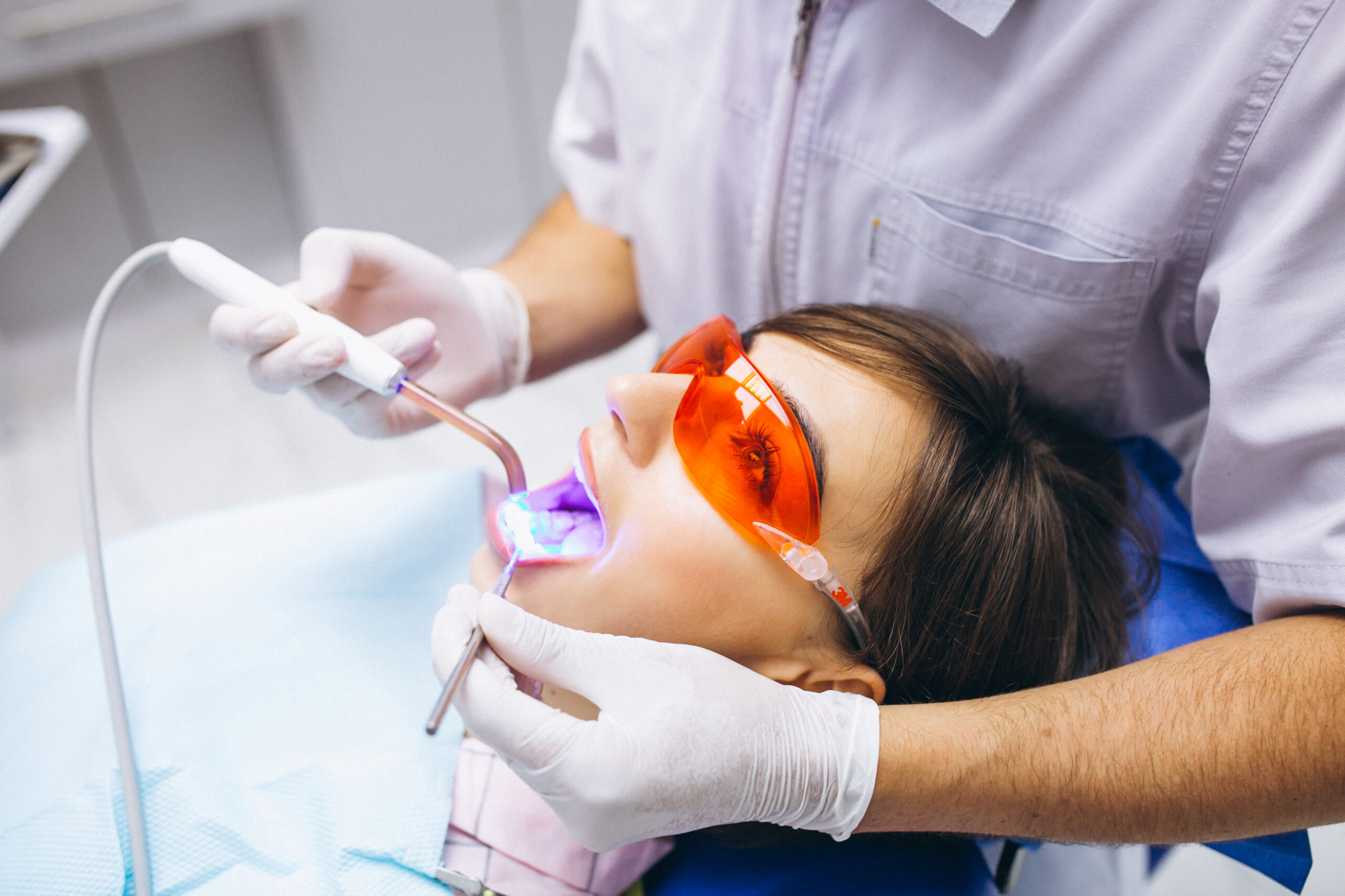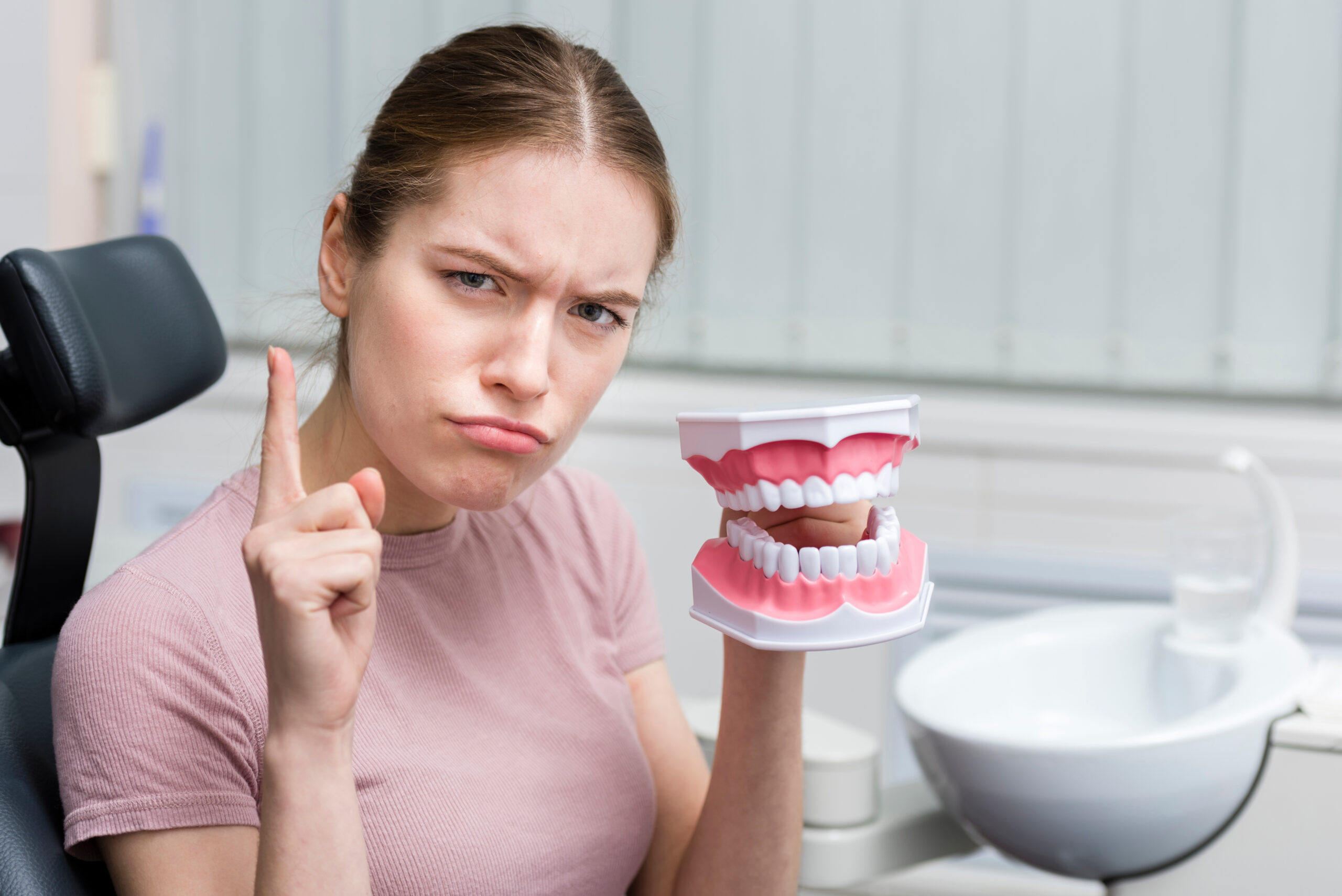As a seasoned dental specialist with over two decades of experience, I’ve seen many patients seeking to brighten their venee, while enhancing smiles, can discolor over time due to aging, diet, and lifestyle.
Understanding Veneers:
Before delving into the whitening process, it’s crucial to understand what veneer teeth are and how they differ from natural teeth. Veneers are thin, custom-made shells crafted from porcelain or composite resin, bonded to the front surface of teeth to improve their appearance. While veneers are highly resistant to stains compared to natural teeth, they are not entirely impervious, and discoloration can occur over time.
Consultation with a Dental Professional
The first step in whitening veneer teeth is scheduling a consultation with a qualified dental professional. During this visit, your dentist will assess the condition of your veneers, discuss your whitening goals, and determine the most suitable whitening method based on your oral health and the type of veneers you have.

Professional Cleaning
Before proceeding with any whitening treatment, it’s essential to ensure that your teeth and veneers are free of plaque, tartar, and surface stains. Your dentist will perform a thorough cleaning to remove any buildup, allowing the whitening agents to penetrate more effectively.



